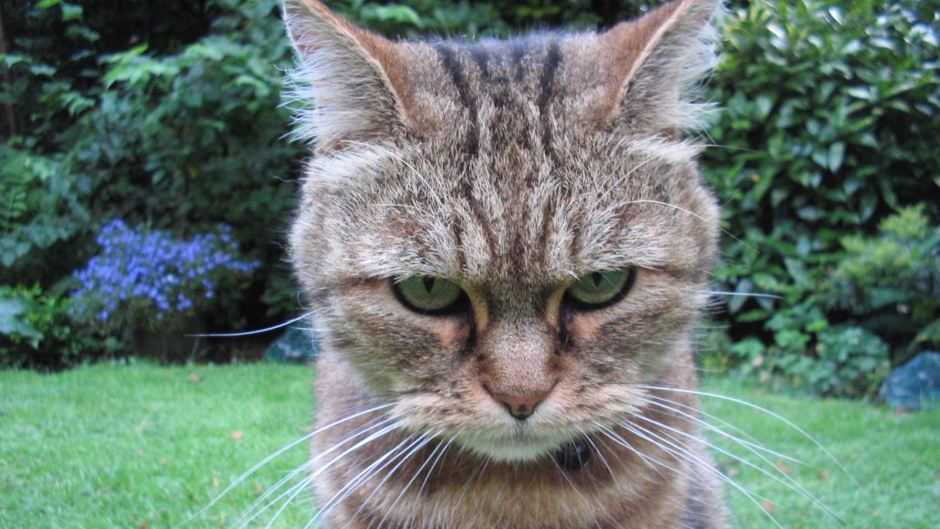Dog lovers will find it baffling that cats are the world’s most popular pet. After all, they’re passive-aggressive, emotionally unavailable, and known for their chilly independence—traits that at most qualify felines for the role of “man’s best frenemy.”
It turns out, though, there’s an evolutionary reason for this tense relationship. That is, cats are in many ways still wild.
“Cats, unlike dogs, are really only semi-domesticated,” says Wes Warren, professor of genetics Washington University and co-author of the first complete mapping of the house cat genome—specifically, that of an Abyssinian named Cinnamon.
Comparing the DNA differences between house cats and wild cats, Warren and his colleagues found that where the genes of domesticated kitties and wild cats diverge has to do with fur patterns, grace, and docility. The latter are the genes that influence behaviors such as reward-seeking and response to fear.
The context for this split is telling. The divergence likely began some 9,000 years ago, after humans had made the shift to agriculture. Drawn to the teeming rodent populations that gathered during grain harvests, wild cats began interacting with humans. And because cats kept rodents in check, the researchers hypothesize, humans likely encouraged them to stay by offering them food scraps as a reward. These early farmers eventually kept cats that stuck around.
“Selection for docility, as a result of becoming accustomed to humans for food rewards,” write the researchers, “was most likely the major force that altered the first domesticated cat genomes.” In other words, the ones that stuck around were the cats with those genes that encouraged interaction with humans, thereby making those traits prevalent in what became the global domestic cat population.
As intriguing, though, is what didn’t change in human-friendly cats during those nine millennia. House cats still have the broadest hearing range among carnivores, which allows them to detect their prey’s movement. They also retain their night-vision abilities and the ability to digest high-protein, high-fat diets. This implies that, unlike those of dogs, their genes haven’t evolved to make cats dependent on humans for food.
This indicates only a modest influence of domestication on cat genes, compared with dogs, say the researchers. In fact, according to recent research on canine genomes, dogs became man’s best friend back when humans were still hunting and gathering—between 11,000 and 16,000 years ago. Their typically more omnivorous diets evolved as human lifestyle shifted toward agrarian living.
So why have kitties stayed wilder? The genome-mappers theorize it’s because house cat populations have continued to interbreed with wild cats. Also, humans’ “cat fancy”—meaning, our fanaticism about creating weird cat breeds—only began in the last 200 or so years.
They came for the mice, stayed for the food scraps, and whenever it suited, kept cuddly with the cats from the other side of the granary. In other words, not only are cats still mostly wild, but they pretty much tamed themselves. Maybe that means humans are “cats’ best friend.”


One Response to MAN’S OTHER BEST FRIEND